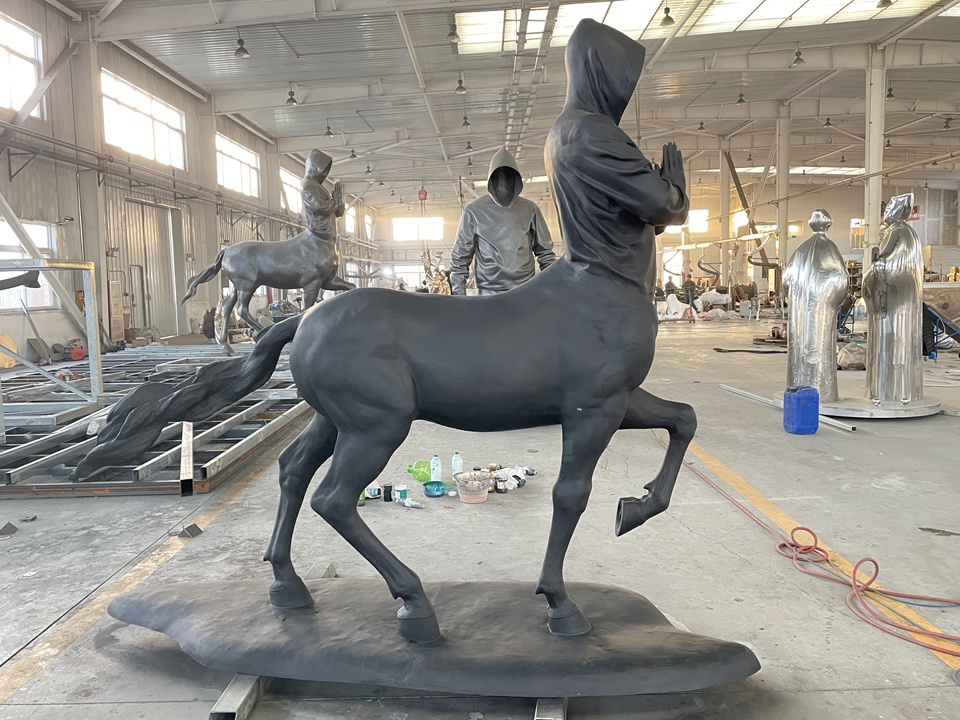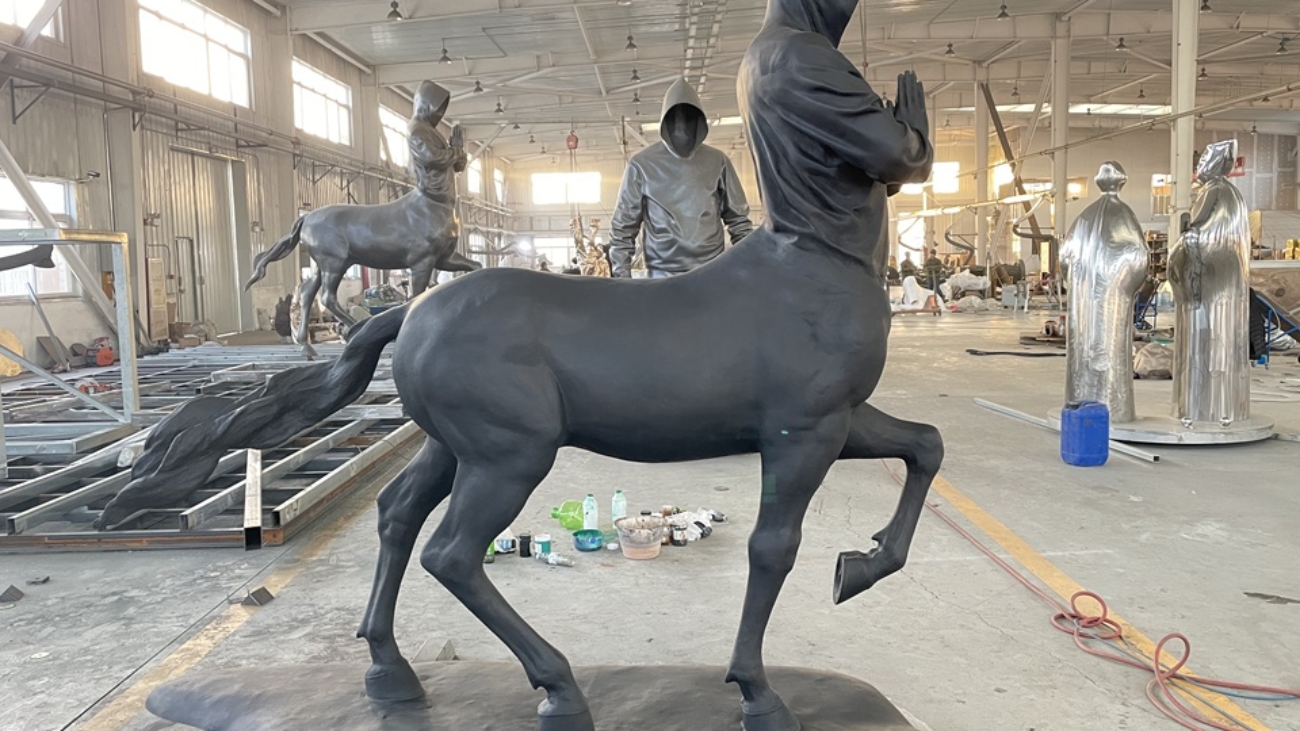When it comes to outdoor decor, bronze sculptures for gardens are a sign of timeless beauty. These pieces of art, on the other hand, are not just fads. They work with nature and don’t rust, change with the weather, or wear out over time. A bronze sculpture in the right spot can turn a normal garden into an immersive gallery. It can be hidden among blooming hydrangeas or used as a focal point near a calm pond. This article talks about how bronze garden sculptures can make landscapes look better, help people connect with them on an emotional level, and make them worth passing down.

The Unique Advantages of Having Bronze Statues in Your Garden
Bronze is great for outdoor use because it is naturally strong. Over time, bronze develops a patina that helps it blend in with its surroundings better than marble or resin. This material lets artists make fine details that stay clear even outside, like flowing robes on people and delicate petals on flowers. If you’re a gardener who wants art that doesn’t need a lot of care, bronze sculptures for gardens only need to be cleaned now and then. This is not like painted metals that fade or wood that bends.
Designing with a Purpose: Putting Sculptures in Landscapes
If you place sculptures in the right places, they will make the garden look better instead of worse. Think about:
Scale Proportions: A big abstract piece might not fit in a small cottage-style garden, but it might look great on a big estate lawn.
Thematic Cohesion: Sculptures of animals go well with gardens that look like they belong in nature, and geometric shapes go well with modernist designs.
Place things where morning light brings out textures, or evening shadows make things look more interesting.
People want to play with a bronze frog next to a water feature, but a calm Buddha statue under a cherry blossom tree makes people feel calm. The most important thing is to find a balance between what you want to do and the environment.
Bronze Art: Ethics and Sustainability
People are becoming more and more concerned about materials that are good for the environment. Now, reputable foundries use recycled bronze (often 90% or more post-consumer content) without making the structure weaker. Artists also use lost-wax casting methods that cut down on waste, so every bronze garden sculpture is in line with environmental values. When you buy something, ask where it came from. Sculptures that are made from ethically sourced materials support fair labour practices and are better for the environment.

Taking care of bronze outside: myths about how to do it
A lot of people think that caring for bronze sculptures is hard, but it’s not:
Once a month, wash with mild soap and water to get rid of dirt.
Every six months, put wax on to keep dirt and other pollutants out.
Don’t use tools that are rough and can scratch protective patinas.
Bronze is a good choice for areas that get a lot of rain or are close to the coast because it doesn’t rust like iron does. Collectors often look for a changing patina, which adds character instead of taking away from the value.
Ordering Custom Pieces: From Concept to Installation
When you work with sculptors, gardens can tell their own stories. Imagine a bronze family crest in a hedge maze or a fun metal sculpture of a child’s first drawing. Many artists give digital previews to make sure the finished piece fits the space and meets the emotional goals. Bronze sculptures made just for gardens become family heirlooms that bring generations together through a love of art.
In conclusion, investing in things that will always look good
A bronze garden sculpture is more than just a decoration; it’s a way for people to talk about how creative they are and how beautiful nature is. Homeowners choose pieces that fit with their values and the environment to make landscapes that make them think and feel good. As the seasons change, these sculptures get older and more beautiful. Their patinas tell stories of strength and beauty. Bronze is still the best choice for outdoor art that will last. It uses both old and new ideas to make gardens into living legacies.



Add a Comment